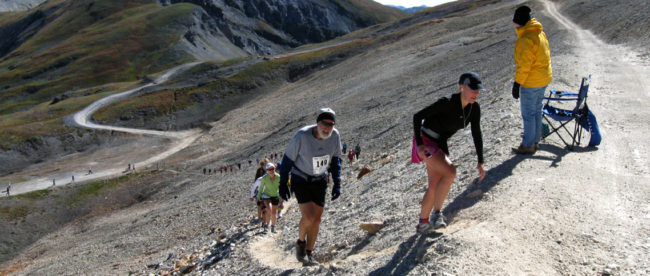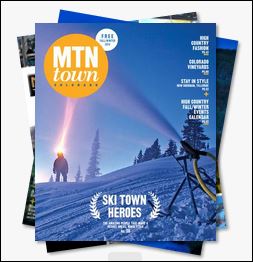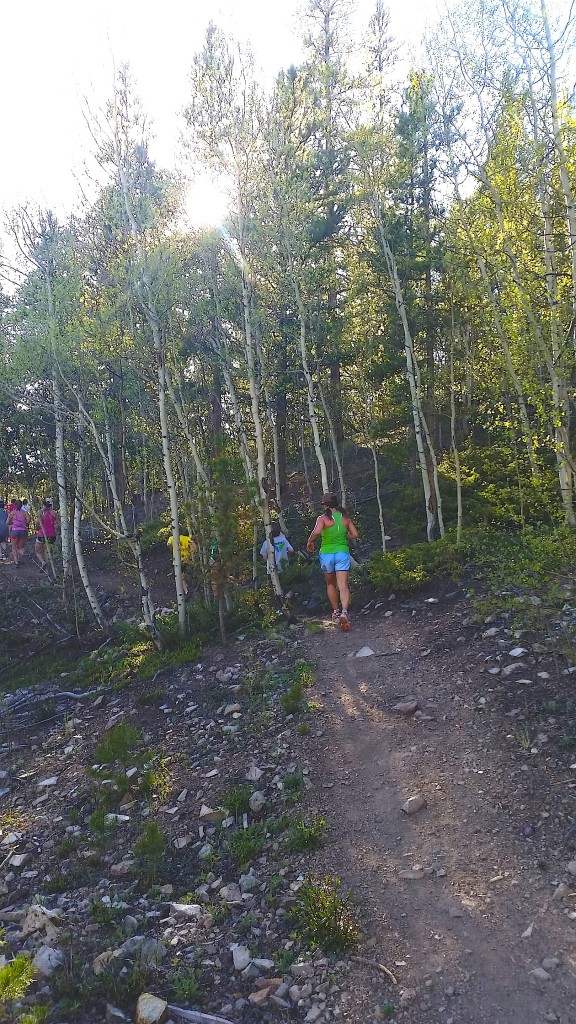Prepping for Trail Running and Leaving Pavement Behind

There is nothing quite like getting back to nature in that primal way than trail running blissfully through the woods, just you, your legs and the sound of your feet hitting the dirt. It wasn’t until I started trail running that I fell back in love with the sport of running.
If you are thinking about getting out there this season, here are a few basics that will help you prepare for the better life off the pavement.
The Basics:
Slow Down:
Trail running offers such varied terrain that at first you should slow down so you can pay attention to obstacles. Instead of setting mileage, begin running for time until you can track how you are doing. Be prepared to hike some of the steeps until you learn to change the way you run and it is okay to alter your pace too.
Pick Up Your Feet:
The roots, rocks and loose dirt on a trail will require you to change the way you run. Pick up your feet especially towards the end of your run and on the down hills to prevent you from tripping.
Good Shoes:
This is always a personal preference, but be prepared to feel a little bit more fatigued at first around the foot and ankle until you get use to the varied terrain. If your street running shoes aren’t cutting in, upgrade immediately.
Train for the Trail:
Even if you find yourself running at a slower pace, you will likely be exerting the same amount of energy on the trail if not more especially at first. Here are few exercises that will make you stronger on the trail:
Lunges:
This exercise alone will help strengthen the legs, but if you do them out on the single track up and down hills it will help you train your balance.
Core Strength:
Keeping a low center is a great tool for trail running. My local gym is doing daily “plank-offs” with the fitness staff. A forearm plank each day will help you become more efficient while you breath. Hold it for as long as you can. (Note: some shaking is required.)
Balance Exercises:
Single-leg balance exercises are great; even add a hop once in awhile. Yoga can provide a lot of help in the balance category.
Stay Hydrated:
This is critical with any sport. But in the event you are out on the trail longer than expected, be prepared.
Pay Attention & Be Safe:
I like to run with my phone and GPS activated which sends updates to my family on longer runs via email where I am. If this doesn’t interest you, let someone know where you are going, stick to the trail and pay attention to where you are especially on new trails. You can always leave a note on the dash of your car letting people know when you should be back and what trail you took.
As soon as I left the pavement, there was no turning back. I have some bumps and bruises to show for it for sure, but just like anything, the more you do it, the better you get. You too can find new solace in this amazing sport, now get out there and explore!

~Juli Rathke for MTN Town Magazine

MTN Town Magazine Copyright © 2015 | MTN Town Magazine all rights reserved. All editorial and images are property of MTN Town Magazine and require permission for use and re-publication.

